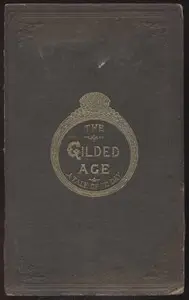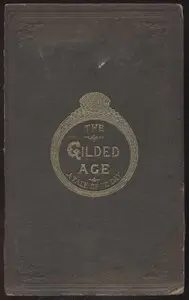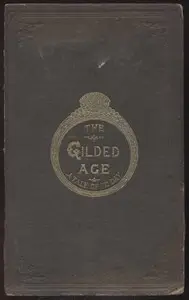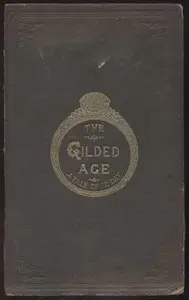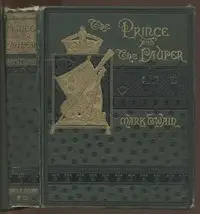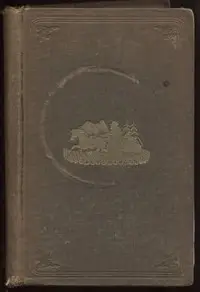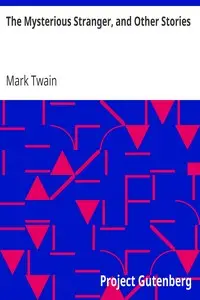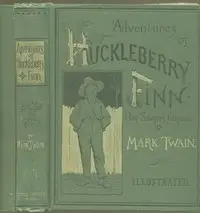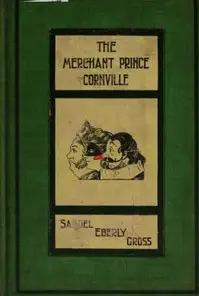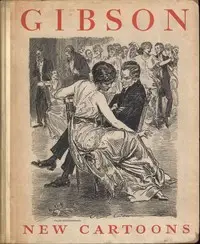"The Gilded Age, Part 2" by Mark Twain and Charles Dudley Warner examines identity and social dynamics in a post-Civil War America. The story kicks off with Laura, who has her world turned upside down at the start of the book when she learns she isn't the daughter of the parents she thought were hers. A major character in the story, her life becomes the center of village gossip and her relationships are forever altered. Spurred by a sense of isolation, Laura starts a search into her real past, finding mysterious letters that hint at a father she never knew, setting the stage for a journey into her identity.

The Gilded Age, Part 2.
By Mark Twain
In a time of great change, a young woman's life is upended by a shocking revelation about her origins, sending her on a quest to uncover the truth about who she is.
Summary
About the AuthorSamuel Langhorne Clemens, known by the pen name Mark Twain, was an American writer, humorist, and essayist. He was praised as the "greatest humorist the United States has produced," with William Faulkner calling him "the father of American literature." Twain's novels include The Adventures of Tom Sawyer (1876) and its sequel, Adventures of Huckleberry Finn (1884), with the latter often called the "Great American Novel." He also wrote A Connecticut Yankee in King Arthur's Court (1889) and Pudd'nhead Wilson (1894) and cowrote The Gilded Age: A Tale of Today (1873) with Charles Dudley Warner.
Samuel Langhorne Clemens, known by the pen name Mark Twain, was an American writer, humorist, and essayist. He was praised as the "greatest humorist the United States has produced," with William Faulkner calling him "the father of American literature." Twain's novels include The Adventures of Tom Sawyer (1876) and its sequel, Adventures of Huckleberry Finn (1884), with the latter often called the "Great American Novel." He also wrote A Connecticut Yankee in King Arthur's Court (1889) and Pudd'nhead Wilson (1894) and cowrote The Gilded Age: A Tale of Today (1873) with Charles Dudley Warner.



